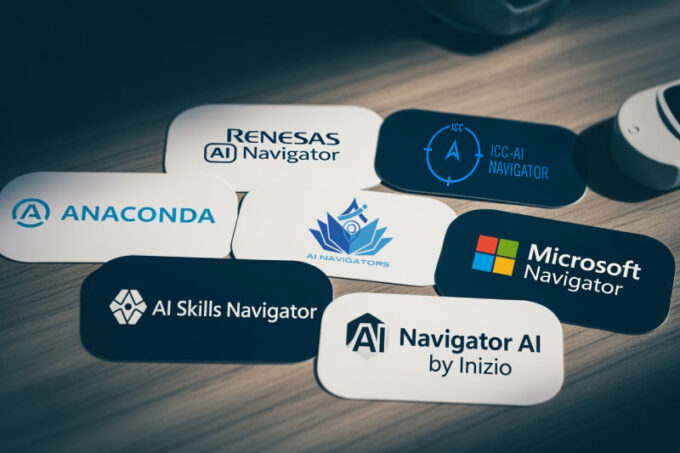- Efficiency boost: Automates routine tasks
At the entry level, (1) Efficiency boost represents the intersection of individual effectiveness with general-purpose AI. In this model, humans oversee AI-assisted automation, with the primary business objective being the automation of repetitive, well-defined tasks to enhance personal productivity. These solutions rely on pre-trained models for document processing, chatbots, or email filtering, ideal for businesses seeking fast, low-integration wins. The benefits include reduced workload, fewer errors, and freeing up time for higher-value work. A typical use case is in insurance, where claims processors use AI to sort and categorize documents, allowing staff to focus on more complex cases.
- Smart augmentation: Enhancing expert decisions
When deeper domain knowledge is needed, (2) Smart augmentation pairs individual effectiveness with specialized AI. Here, humans collaborate closely with AI, aiming to enhance expert performance without redesigning workflows. Tools like AI copilots in legal or healthcare settings exemplify this model. For example, radiologists use AI to highlight abnormalities in medical images, improving diagnostic accuracy while retaining human judgment. Benefits include improved decision speed and reduced cognitive load – with AI amplifying, rather than replacing, expert insight.
- Process accelerator: Scaling automation across functions
Scaling up to organizational workflows, (3) Process accelerator sits at the intersection of organizational effectiveness and general-purpose AI. In this approach, humans supervise AI-driven processes to automate routine workflows across departments, often through tools like RPA and intelligent document processing. This strategy works well for firms aiming to streamline without deep structural change. For instance, a telecom provider automated ticket routing and account updates, eliminating bottlenecks and improving internal response times. Business benefits include enhanced throughput, reduced manual effort, and more consistent execution.
- AI-optimized operations: Redesigning cross-silo processes
More mature organizations might pursue (4) AI-optimized operations, combining organizational effectiveness with specialized AI. Here, humans guide AI-driven decision-making across silos and functions. The objective is to redesign processes using AI that’s deeply integrated into operations, such as supply chain optimization or regulatory compliance. For instance, in the retail industry, a global apparel brand uses AI to align inventory, pricing, and demand forecasting across regions. This model breaks down silos, improves allocation, and enables real-time decisions, ultimately driving scalable efficiency gains.
- Operations AI step change: Reinventing how operations work
For businesses aiming at a deeper transformation, (5) Operations AI step change emerges when organizational effectiveness meets pioneering AI. In this mode, humans oversee AI-led innovation, and the goal is to fundamentally reinvent how the organization operates. Techniques include AI-led forecasting, autonomous planning, and R&D support. Consider an automotive manufacturer using AI to predict market trends, simulate designs, and optimize factory layouts. This strategy improves agility, accelerates innovation cycles, and builds long-term advantage by reimagining how the enterprise functions.
- AI-powered innovation: Enabling new offerings
For organizations aiming to accelerate their innovation cycles, (6) AI-powered innovation blends core innovation with specialized AI. Humans set the exploration boundaries, and the objective is to develop new business models or offerings without a full operational overhaul. Companies apply AI in drug discovery, product development, or design automation. In consumer electronics, for example, one firm analyzes customer feedback using AI to generate and test new product concepts, reducing R&D time, accelerating product cycles, and enabling responsive design with lower overhead.
- Moonshot AI: Driving frontier innovation
Finally, for disruptors, or organizations that want to extend the boundaries of innovation in their industry, (7) Moonshot AI marks the boldest archetype, combining core innovation with pioneering AI models. In this approach, AI often operates with minimal human intervention, driving frontier innovation with agentic AI or autonomous AI applications. The aim is to create new value propositions or markets, often through autonomous discovery or decision-making. In biotech, for instance, startups are using generative AI to design novel proteins, developing treatments unimaginable with traditional R&D: the benefits include redefined markets, new competitive moats, and the transformation of entire industries.









